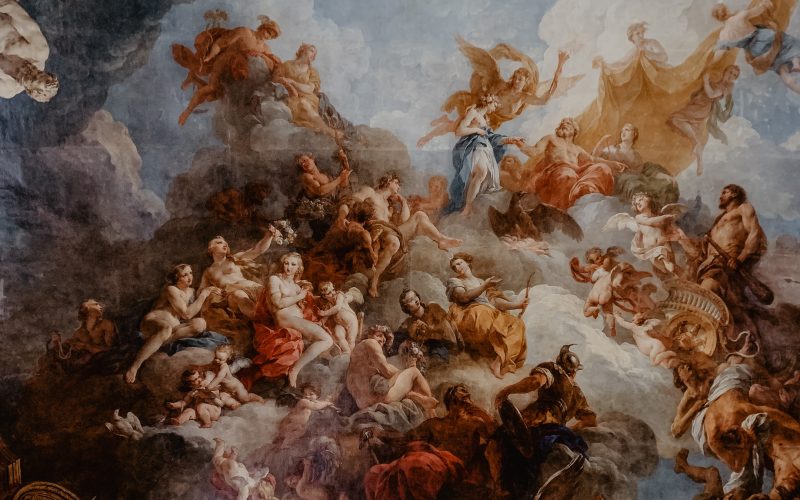Art has long been a powerful medium for self-expression, capturing emotions, stories, and experiences that transcend language barriers. Paintings and illustrations, with their vivid colors, intricate details, and unique styles, have the ability to transport viewers into a world of captivating narratives. In this article, we delve into the enchanting realm of brushes and words, exploring how artists use their craft to tell compelling stories through their visual creations.
Artists throughout history have employed various techniques to infuse their work with narratives, drawing viewers into their imaginative universes. From the Renaissance masters like Leonardo da Vinci and Michelangelo to contemporary illustrators and painters, each artist has left behind a legacy of storytelling through brushstrokes or pen and ink.
One of the key elements that contribute to the narrative power of visual art is the attention to detail. Artists meticulously craft their pieces, meticulously selecting colors, textures, and compositions that evoke specific moods and emotions. Every brushstroke or stroke of a pen carries intention, forming a visual language that communicates the artist’s message.
Furthermore, symbolism plays a vital role in painting and illustration narratives. Symbols embedded within the artwork can serve as metaphors, conveying deeper meanings and inviting viewers to interpret the piece in their own unique ways. From religious and mythological symbolism in classical paintings to the use of everyday objects as metaphors in contemporary illustrations, symbols provide artists with a powerful tool for storytelling.
In addition to the technical aspects, artists often draw inspiration from their personal experiences, social issues, or historical events, infusing their artwork with a social or political commentary. This infusion of real-life elements adds depth and relevance to the narrative, prompting viewers to reflect on the themes presented.
For instance, the renowned Mexican painter Frida Kahlo used her art to express her physical and emotional pain, as well as her identity as a woman in a patriarchal society. Her self-portraits often depicted her struggles, dreams, and cultural heritage, allowing viewers to connect with her personal narrative on a profound level.
Moreover, the advent of digital illustration and the fusion of traditional and digital techniques have opened up new avenues for artists to explore narratives. With the help of digital tools, artists can bring their creations to life, creating animated or interactive visuals that engage and immerse viewers in the story.
In conclusion, paintings and illustrations possess a unique ability to communicate narratives that resonate with viewers. Through attention to detail, symbolism, personal experiences, and the exploration of digital mediums, artists continue to push the boundaries of visual storytelling. As admirers of art, we are fortunate to be transported into these captivating narratives, where brushes and words merge to create a world of imagination, emotion, and contemplation.
Disclaimer: This article is a work of fiction. The purpose is to showcase the model’s capabilities as a language model and not to provide accurate reporting or represent real events.












